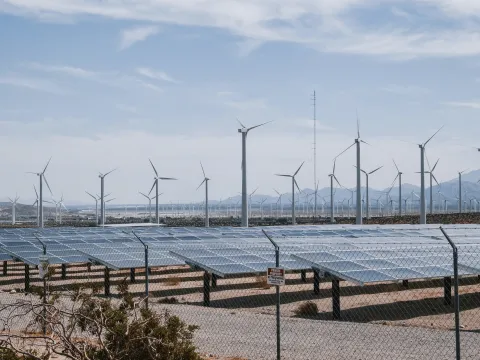Active banners: 2 Visible banners: 2
Banner ID: 12 Has content: true
The Telling Room call to submit Youth Writing and Youth Art Exploring Climate Change
Banner ID: 13 Has content: true
Hi, educators! Share your student reach in our short Impact Survey 📚 Survey Link
How Much Clean Electricity Do We Really Need?
Provided by: TED |Published on: April 27, 2021
Videos
6789101112
Synopsis
- In this TED video, climate author Solomon Goldstein-Rose explains that we need to produce twelve times more clean electricity to reach net-zero emissions by 2050.
- Students will learn that the global energy system must be rebuilt to fulfill increased energy demands, provide electricity access to developing nations, and compensate for things that cannot be electrified.

Subjects: Earth and Space Sciences, Civics, Engineering
Authors: Solomon Goldstein-Rose, TED
Region: Global
Languages: English
Teaching Materials
Positives
- Although we need to produce twelve times the amount of clean electricity we produce today, the video's message remains hopeful.
- The video explains that reliable electricity access can lift people out of poverty.
- The transcript is available in nine languages and contains a read-along feature for students who need support.
Additional Prerequisites
- Students should understand how fossil fuel production contributes to climate change and what will happen if current fossil fuel use continues.
- Students should understand the terms net-zero emissions and net-negative emissions.
Differentiation
- Math classes can compare the units of petawatts to kilowatts, megawatts, gigawatts, and terawatts.
- Geography classes can use the Electricity Energy Infrastructure and Resources Interactive Map to locate renewable and nonrenewable energy plants.
- Other resources on this topic include this course on clean energy sources and this Grist video on building a town that runs on renewable energy.
Scientist Notes
Teaching Tips
Standards
Resource Type and Format
All resources can be used for your educational purposes with proper attribution to the content provider.



